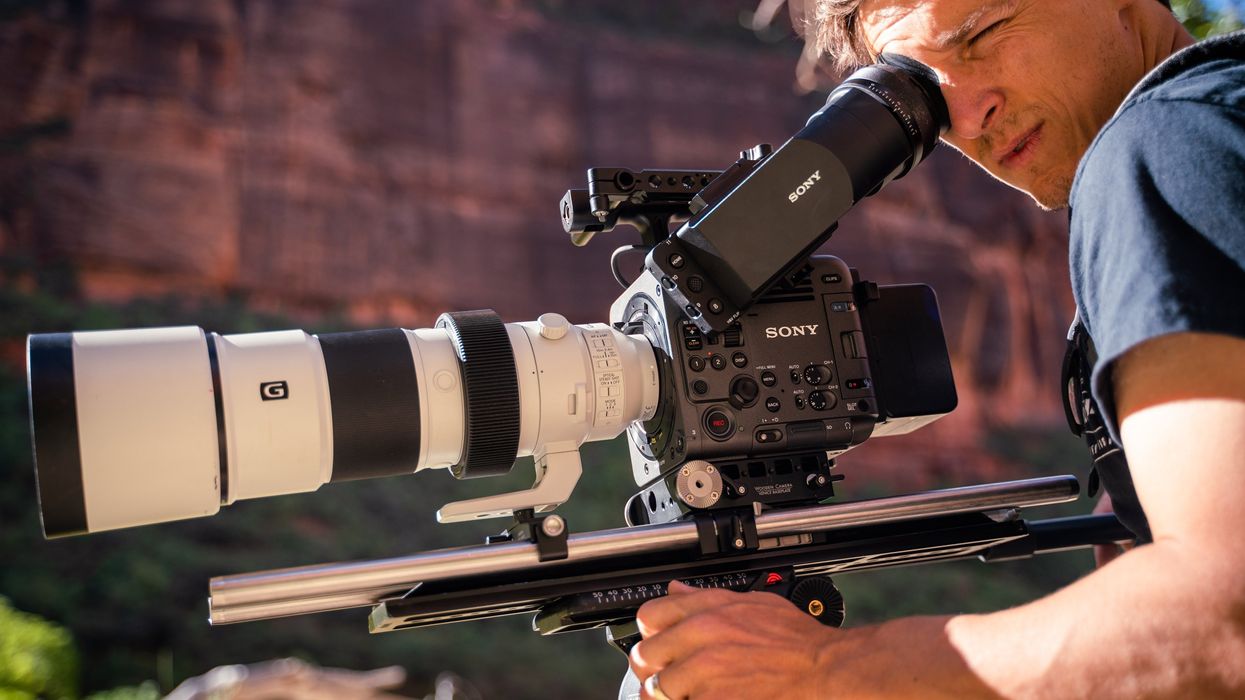Sex & Cinema: The History of (Cinematic) Penetration

When it comes to the proliferation of sex in cinema, there are quite a lot of perspectives to consider; cultural, political, and societal changes throughout history have changed the way movies are made. For instance, in order to keep the film industry self-regulatory, the Production Code (the Hays Code), which was adopted in 1930 by the MPAA, and managed to keep violent, "immoral", and sexually explicit content free from the final cut of most films by refusing to grant filmmakers the coveted seal of approval if they didn't adhere to strict moral guidelines. (For more on the political history of sex and violence in cinema, check out our write-up here.)
However, there have been many depictions of sex and nudity much earlier than the 1930s, and of course, later. Edison's The Kiss, aroused audiences in 1896, and almost a hundred years later, Harmony Korine and Larry Clark's film Kids was shocking viewers with its realistic, brutal illustration of promiscuous teen sex during the HIV era. In 1972, theater patrons saw Marlon Brando like they'd never seen him before thanks to the infamous "butter" scene in Last Tango in Paris, and in 1933, moviegoers saw Hedy Lamarr's character, Eva, have the very first on-screen orgasm in the Czech romantic drama Ecstasy
Check out The Kiss, the Kids trailer, and Lamarr's famous scene below, which is obviously NSFW, but in a "silent film from the 1930s" kind of way. (And I'll just go ahead and spare you the scene from Last Tango, okay? Cool.)
And here's Fandor's infographic that examines sex in cinema. Take note of how each film listed pushed the boundaries, set precedents, and opened the door for more daring sexual content.
There will always be filmmakers who are going to push the boundaries of sex in cinema, just as there will always be others pushing on the other side to keep things within them. Films like Brokeback Mountain (2005) and Blue is the Warmest Color (2013), both films about homosexual couples, became quite controversial upon their release, though Brokeback more for its straightforward focus on a gay male relationship, and Blue for its extremely graphic sex scenes. In fact, the film's director Abdellatif Kechiche came under fire (many times for many different reasons) for the "unrealistic" depictions of lesbian sex, which adds another dimension to the complexity of sex in cinema.
And what can we expect will be the next moral blockade sex will cinematically penetrate? My guess? Four letters: BDSM. (Thanks, 50 Shades of Grey -- and the big name stars of Secretary, Maggie Gyllenhaal and James Spader, whose character was also named Mr. Grey, by the way.)
Do you think depictions of sex and nudity are important in cinematic storytelling? How have depictions of sex and nudity changed the way we make films?
Links: Fandor’s Newest Infographic: Let’s Talk About Sex (and the Cinema), Baby -- Fandor
[via Fast Co.]














